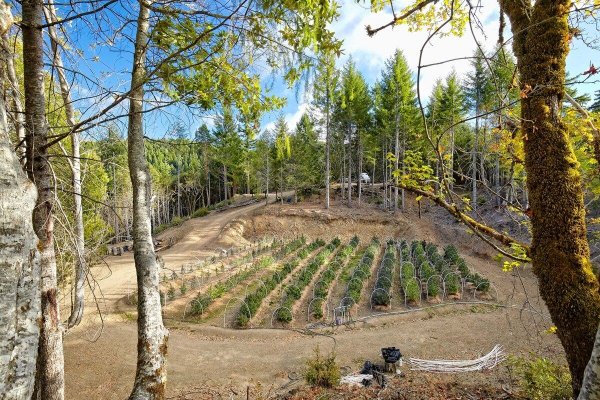In its annual report on recreational cannabis released earlier this month, the Oregon Liquor Control Commission highlighted a surprising paradox.
Oregon weed farmers produced another bumper crop in 2019, their biggest ever. That would seem to put downward price pressure on a market that has been massively over-supplied.

Previous large crops caused wholesale prices to crash from $1,700 a pound in mid-2017 to $650 a pound in April 2019. But strong demand from processors—who use pot to make edibles and oils—led to a rally in the second half of 2019, boosting prices back to $1,200 a pound.

Fortunately for consumers, retail cannabis prices have not reflected that increase.

The not-so-good news for the industry is that the edibles and oils are stacking up on shelves and have long shelf lives. In essence, the oversupply has moved from raw to finished product, but it's still an oversupply.

Farmers are better off than they were a year ago, the OLCC report concludes, but "even though demand is increasing significantly, it may still be consuming prior years' supply of extracts and concentrates, and more time is needed to reduce 'back stock' of inventories."
Oregon weed farmers produced another bumper crop in 2019, their biggest ever. That would seem to put downward price pressure on a market that has been massively over-supplied.
Previous large crops caused wholesale prices to crash from $1,700 a pound in mid-2017 to $650 a pound in April 2019. But strong demand from processors—who use pot to make edibles and oils—led to a rally in the second half of 2019, boosting prices back to $1,200 a pound.
Fortunately for consumers, retail cannabis prices have not reflected that increase.
The not-so-good news for the industry is that the edibles and oils are stacking up on shelves and have long shelf lives. In essence, the oversupply has moved from raw to finished product, but it's still an oversupply.
Farmers are better off than they were a year ago, the OLCC report concludes, but "even though demand is increasing significantly, it may still be consuming prior years' supply of extracts and concentrates, and more time is needed to reduce 'back stock' of inventories."




